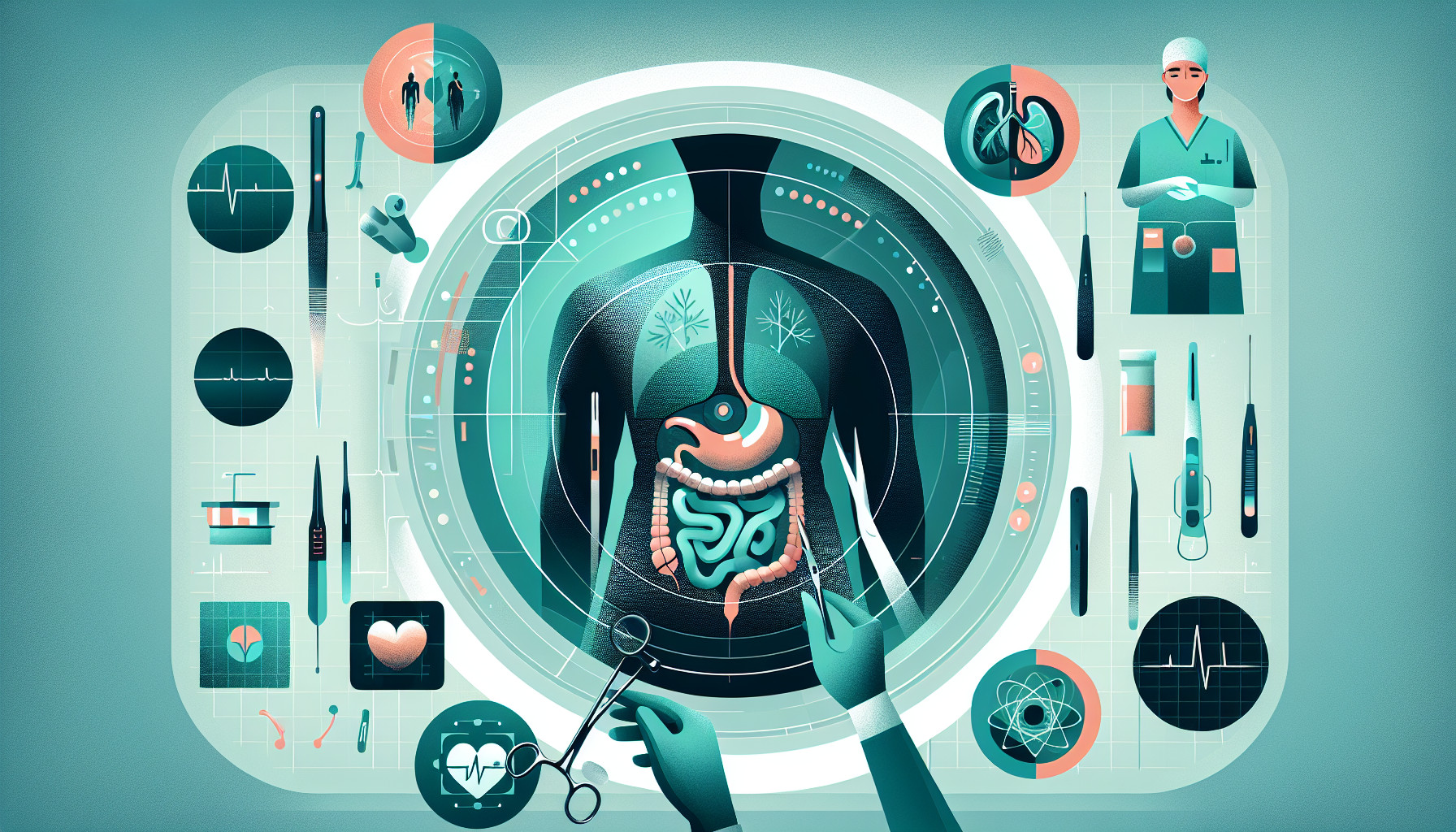Our Summary
This research paper discusses the benefits of using an endoscope (a long, flexible tube with a light and camera at the end) for abdominoplasty, also known as a ’tummy tuck’. Endoscopic surgery is less likely to cause scarring, numbness, bleeding, and swelling compared to the traditional method of surgery. This type of surgery can also treat a condition called diastasis recti (when the large abdominal muscles separate), especially in cases where there isn’t too much excess skin. However, to achieve the best results, doctors need to practice this type of surgery to perfect their skills.
FAQs
- What are the advantages of endoscopic surgery over the conventional suprapubic approach in abdominoplasty?
- Can endoscopic-assisted abdominoplasty treat diastasis recti deformity with minimal excess skin?
- Is there a learning curve to achieve optimal results with endoscopic-assisted abdominoplasty?
Doctor’s Tip
One helpful tip a doctor might tell a patient about abdominoplasty is to follow post-operative care instructions closely to ensure proper healing and optimal results. This may include wearing compression garments, avoiding strenuous activities, and maintaining a healthy diet. Additionally, attending follow-up appointments with your surgeon is important for monitoring progress and addressing any concerns.
Suitable For
Abdominoplasty, commonly known as a tummy tuck, is typically recommended for patients who have excess skin and fat in the abdominal area that cannot be improved through diet and exercise alone. This procedure is often recommended for patients who have experienced significant weight loss, pregnancy, or aging, which have caused the abdominal skin to become loose and saggy. Abdominoplasty is also recommended for patients with diastasis recti, a condition where the abdominal muscles have separated, causing a bulging or protruding abdomen.
Patients who are in good overall health, have realistic expectations for the outcome of the surgery, and are committed to maintaining a healthy lifestyle post-surgery are typically good candidates for abdominoplasty. It is important for patients to consult with a board-certified plastic surgeon to determine if they are a suitable candidate for the procedure and to discuss the risks and benefits of the surgery.
Timeline
Before abdominoplasty:
- Consultation with a plastic surgeon to discuss goals and expectations, as well as any medical history or risk factors
- Pre-operative testing and evaluation to ensure the patient is a suitable candidate for surgery
- Preparing for surgery by following any pre-operative instructions provided by the surgeon, such as avoiding certain medications or eating/drinking restrictions
After abdominoplasty:
- Recovery period, which may involve pain management, rest, and limited physical activity
- Follow-up appointments with the surgeon to monitor healing and address any concerns
- Resuming normal activities gradually, with full results becoming apparent over the following weeks and months
- Maintenance of results through a healthy lifestyle, including diet and exercise
Overall, abdominoplasty can provide significant improvements in the appearance and contour of the abdomen, leading to increased self-confidence and satisfaction for the patient.
What to Ask Your Doctor
- Am I a good candidate for abdominoplasty?
- What are the potential risks and complications associated with abdominoplasty?
- What is the recovery process like and how long can I expect it to take?
- Will I have visible scarring after the procedure?
- How long will the results of abdominoplasty last?
- Can abdominoplasty be combined with other procedures, such as liposuction?
- How many abdominoplasty procedures have you performed and what is your success rate?
- What type of anesthesia will be used during the procedure?
- Will I need to make any lifestyle changes before or after abdominoplasty?
- Are there any alternative treatments or procedures that may be more suitable for my goals?
Reference
Authors: Chang CJ. Journal: Clin Plast Surg. 2023 Jan;50(1):163-170. doi: 10.1016/j.cps.2022.08.008. PMID: 36396255
